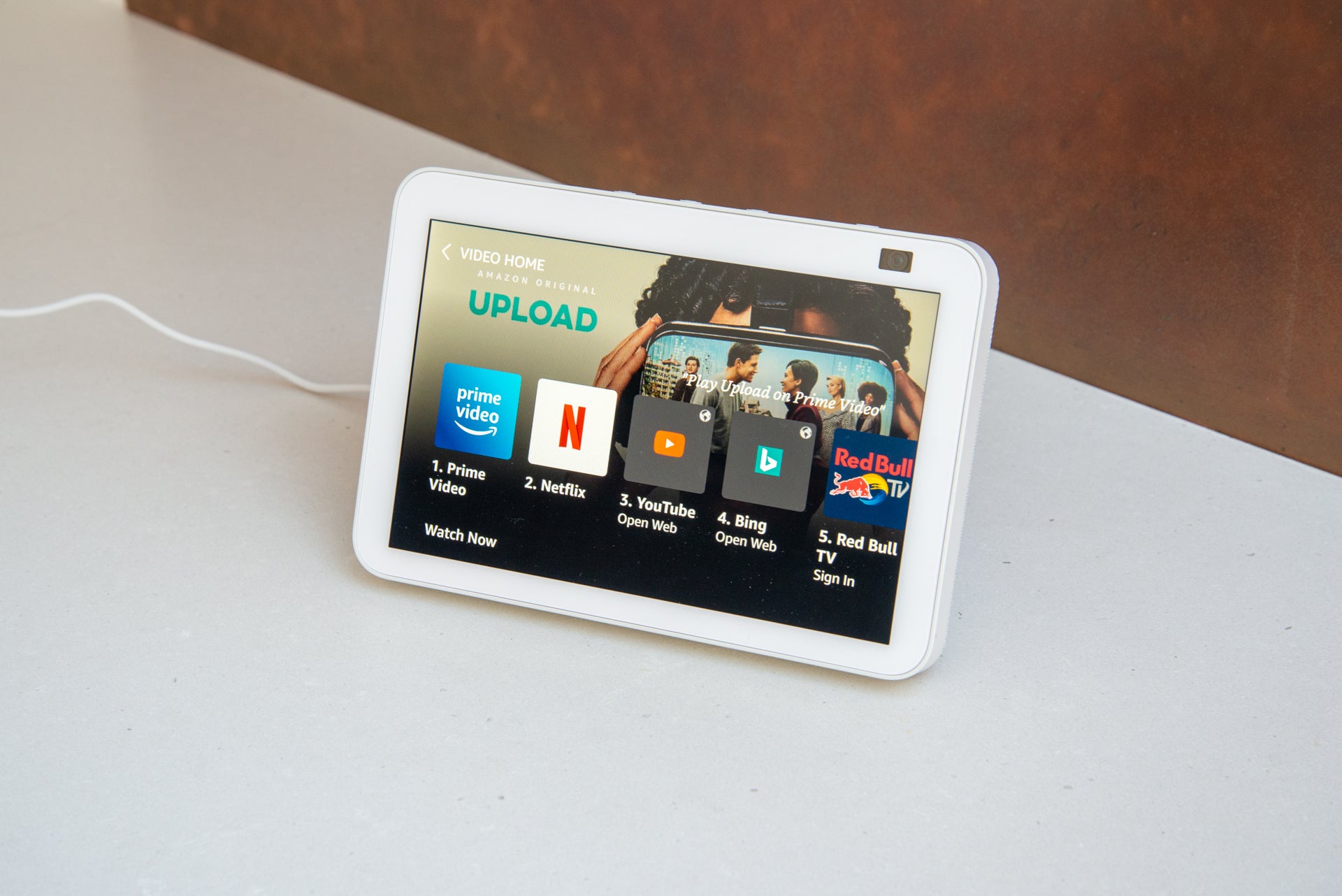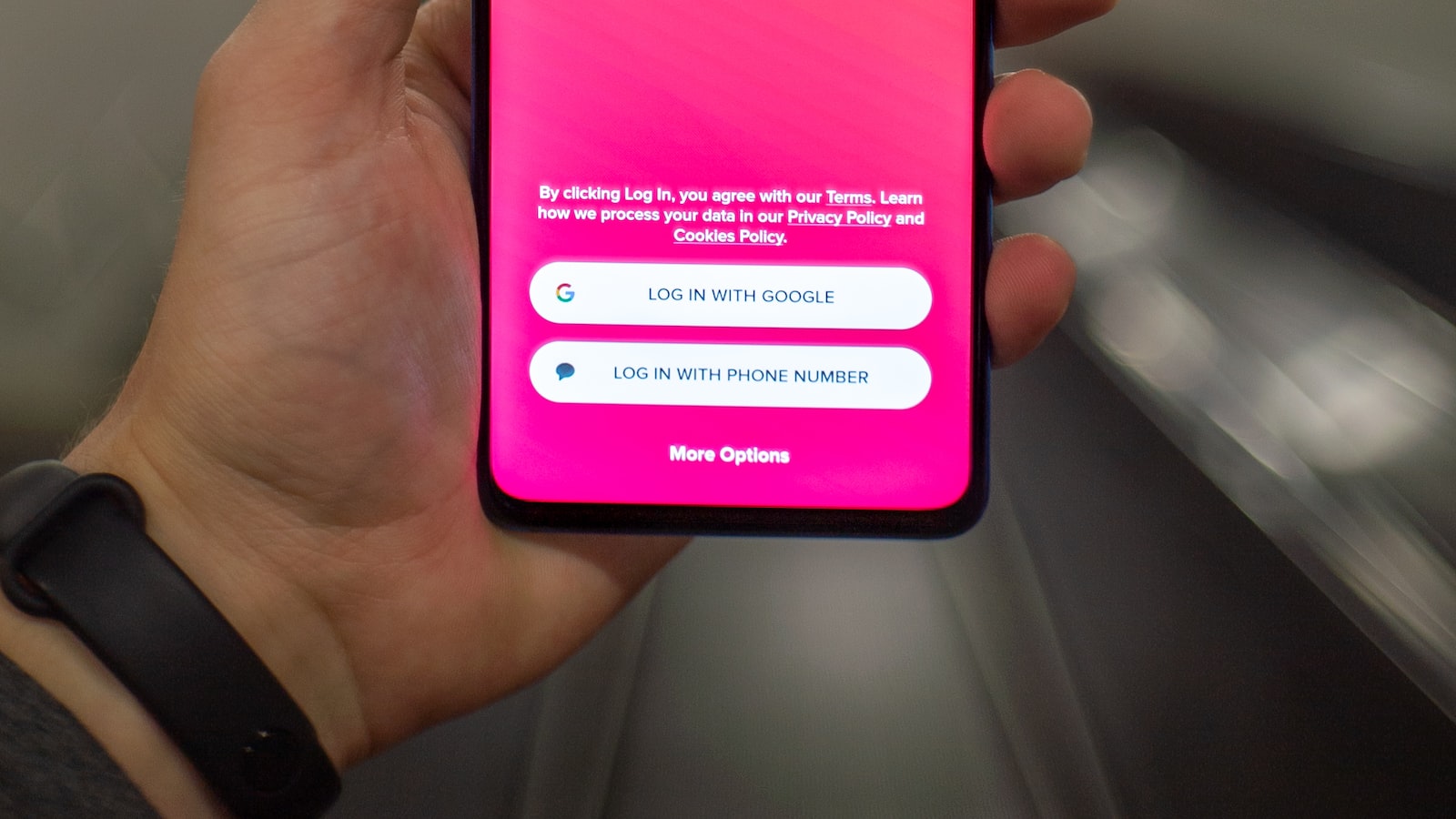Step into the world of mobile app testing, where innovation meets functionality to enhance user experience. With the rise of smartphones and tablets, mobile apps have become an indispensable part of our daily lives. From banking to shopping, from navigation to entertainment, there seems to be an app for everything, making it crucial for developers to ensure their creations are flawlessly functional across a multitude of devices. But how can one possibly keep up with the ever-expanding spectrum of mobile devices? Fear not, for we have the ultimate solution – the real device cloud. In this article, we will delve into the intricacies of testing mobile apps on a real device cloud, offering you a glimpse into a whole new realm of testing possibilities. So buckle up, and get ready to embark on an extraordinary journey through the cloud, where your apps will shine bright, leaving no room for imperfection.

Setting Up a Real Device Cloud: A Step-by-Step Guide for Mobile App Testing
When it comes to mobile app testing, setting up a real device cloud can greatly streamline your testing process. With a real device cloud, you can effortlessly test your mobile apps on a wide range of devices, operating systems, and network conditions. To help you get started, here is a step-by-step guide to setting up your very own real device cloud.
1. Define your testing requirements:
- Identify the target devices and operating systems for your app.
- Determine the network conditions you want to replicate.
- Consider the availability of physical devices versus virtualized devices.
- Plan for scalability and concurrent testing needs.
2. Choose a cloud provider:
- Research and evaluate different cloud providers that offer real device testing capabilities.
- Consider factors such as device inventory, geographical coverage, pricing, and customer support.
- Opt for a provider that offers a user-friendly interface and seamless integration with your existing testing tools.

Optimizing Mobile App Testing Efficiency with a Real Device Cloud
When it comes to mobile app testing, efficiency is key. With the growing number of mobile devices on the market, testing for compatibility and performance across all of them can be a time-consuming and resource-draining process. Fortunately, there is a solution that can greatly optimize this process – a real device cloud.
A real device cloud is a platform that provides developers and testers with access to a vast array of physical mobile devices for testing purposes. This cloud-based solution eliminates the need for purchasing and managing multiple devices, saving valuable time and resources. By utilizing a real device cloud, developers can ensure that their app functions flawlessly across different devices and operating systems, without the need for physical hardware.
- Access to a wide range of mobile devices: A real device cloud offers a comprehensive collection of the latest mobile devices, covering various makes, models, and operating systems. This allows developers to test their app on devices they might not have access to otherwise.
- Efficient parallel testing: With a real device cloud, multiple devices can be accessed and tested simultaneously, greatly speeding up the testing process. This parallel testing capability ensures quick results and efficient debugging.
- Real-world testing environment: By testing on physical devices rather than emulators, developers can replicate real-world usage scenarios. This enables them to identify and address any performance issues or bugs that might arise in specific device and OS combinations.
Overall, leveraging a real device cloud for mobile app testing is a game-changer in terms of efficiency and accuracy. It allows developers and testers to focus on the quality of their app and deliver a seamless user experience across all devices, without the headache of managing a multitude of physical devices.

Ensuring Compatibility Across Various Mobile Devices with Real Device Cloud Testing
In the fast-paced world of mobile app development, ensuring compatibility across various mobile devices is of utmost importance. To achieve this, developers rely on real device cloud testing, a revolutionary approach that eliminates the need for physical devices.
With the real device cloud testing, developers gain access to a vast array of mobile devices, ranging from the latest flagship models to older versions. This enables thorough testing and optimization of apps to cater to the diverse needs of users. Moreover, the real device cloud eliminates the hassle of setting up physical devices, significantly reducing the time and effort required for testing.
One of the key advantages of real device cloud testing is the ability to replicate real-world scenarios. Mobile development teams can test their apps on different screen sizes, operating systems, and network conditions, ensuring smooth performance on all fronts. By leveraging this powerful testing method, developers can identify and rectify any compatibility issues ahead of time, providing users with a seamless experience on their device of choice. Embrace the real device cloud testing revolution and unlock the full potential of your mobile apps.

Best Practices for Testing Mobile Apps on a Real Device Cloud
When it comes to testing mobile apps on a real device cloud, following best practices can ensure a smooth and efficient testing process. Here are some valuable tips to help you make the most out of your mobile app testing:
- Test on multiple devices: With countless variations of devices available in the market, it’s crucial to test your app on a diverse range of devices. This will help identify any device-specific issues and ensure a consistent user experience across different platforms.
- Utilize real-time monitoring: Monitoring your app’s performance in real-time allows you to pinpoint any issues or bottlenecks quickly. By collecting real-time data, you can identify and resolve any crashes, slow response times, or other performance-related problems promptly.
- Implement test automation: Test automation can significantly improve the efficiency of your testing process. By automating repetitive test cases, you can save time and effort, ensuring a faster app delivery without compromising quality.
Furthermore, it’s essential to accurately reproduce real-world scenarios during testing. This includes simulating various network conditions like poor signal, switching between Wi-Fi and cellular connections, or even testing on different international carrier networks. By thoroughly testing under diverse conditions, you can preemptively address any issues that may arise, providing your users with a seamless experience, regardless of their circumstances.

Maximizing App Quality and User Experience through Real Device Cloud Testing
When it comes to app development, testing for quality and ensuring a remarkable user experience are paramount. One way to achieve this is through real device cloud testing, a method that offers immense benefits to developers. By utilizing a cloud-based platform, developers can conduct app testing on a wide variety of real devices, ensuring compatibility across different screen sizes, operating systems, and device capabilities.
Real device cloud testing eliminates the need for physical devices, allowing developers to effortlessly test their apps on virtual environments. This not only saves time and resources but also enables developers to reach a broader audience. With just a few clicks, developers can access a multitude of devices, simulating real user interactions to identify potential bugs and performance issues. The flexibility of cloud testing enables developers to fine-tune their apps, ensuring they provide a seamless experience on any device. Moreover, real device cloud testing provides access to extensive logs and analytics, allowing developers to gain deeper insights into app performance and make data-driven decisions to optimize their app further.
In a world where smartphones have become an extension of ourselves, mobile app developers are facing the daunting task of delivering flawless applications across multiple devices and platforms. Enter the real device cloud, a game-changing solution that allows developers to test their creations on a plethora of real devices without breaking a sweat. In this article, we explored the importance of testing mobile apps on a real device cloud and delved into the various steps involved in this futuristic process.
By leveraging the power of a real device cloud, developers can bid farewell to the days of relying solely on emulators and simulators for app testing. With an extensive pool of devices at their disposal, they can identify and address compatibility issues, device-specific bugs, and user experience nuances that would have otherwise remained hidden in the virtual realm.
Through a step-by-step guide, we navigated the intricate path of testing on a real device cloud. From selecting the right cloud provider to creating comprehensive test plans, we equipped developers with the necessary tools to ensure a seamless testing experience. We emphasized the significance of devising a device matrix that aligns with target user demographics and market trends, enabling developers to cover a wide range of devices while optimizing testing efforts.
Moreover, we shed light on the importance of monitoring app performance on real devices, capturing crucial metrics, and utilizing debugging tools provided by the cloud platform. This holistic approach to testing allows developers to uncover any bottlenecks or crashes, ensuring their app meets the ultimate benchmarks of stability and reliability.
The benefits of utilizing a real device cloud are not limited to developers alone. End-users stand to gain from this as well, as their favorite apps undergo rigorous testing, resulting in a smoother experience across their devices. By enhancing app quality, developers can foster long-term user engagement and loyalty, which are essential in a highly competitive app market.
So, to all the mobile app developers out there, embrace the power of the real device cloud. Step into a future where your apps are tested on real devices, ensuring a flawless experience for your users. The path may be intricate, but with the right guidance and tools at your disposal, you can overcome any challenge and emerge with an app that stands tall amidst the bustling app ecosystem. So go forth, and may your mobile apps thrive in the realm of the real device cloud!
These days, mobile app usage is growing more and more popular. As a result, testing mobile applications on a cloud device has become increasingly necessary to guarantee the quality and usability of the product. Here, we’ll discuss some tips and tricks for testing mobile apps on a real device cloud.
First, you should realize that the device’s hardware, operating system, and network can effect the performance of the app. So, you should make sure to test the app on multiple devices to get the most accurate results. Mobile device clouds have thousands of different devices that you can use, so you’re sure to find one that works for you.
To properly test the mobile app, you should focus on the functionality of the app, not the aesthetics. You should analyze how users will interact with the app, and check for bugs and glitches. It’s also important to note that the app should perform well in different network conditions so you should test for various Wi-Fi and data connection speeds.
The next step is to create a detailed test plan. This should include all the scenarios you are going to test, what the expected outcomes are, and the acceptance criteria. Once you have the test plan created, you can run the tests and collect the data.
Finally, it’s important to keep track of the results. Through the data, you should be able to identify any areas for improvement and be able to accurately measure the performance of the app.
Testing mobile applications on a real device cloud is essential for ensuring the usability and quality of the app. With the tips outlined here, you should have no problems testing your app and ensuring it meets your expectations.






Great post!
Nicely done!